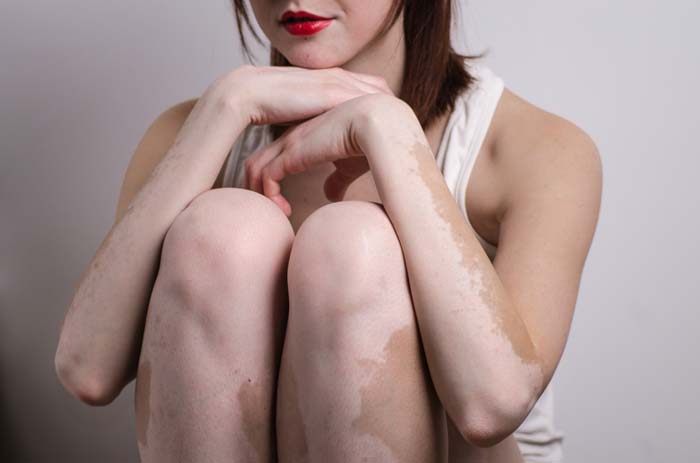Rashes
A “rash” is not an actual diagnosis. It is a term used to describe inflammation, change in color and/or texture of the skin. Some rashes are red and painful, others are scaly and itchy, and others have no symptoms at all. Rashes can be non-infectious (eczema, poison ivy, hives) or infectious (bacterial, fungal, viral, parasitic).
Non-Infectious
Some of the most common non-infectious rashes include allergic reactions, eczema, and psoriasis. Allergic reactions typically cause red itchy bumps or hives and can be a response to an allergen that is consumed or something that came in direct contact with the skin. Often patients are allergic to various ingredients in lotions, fragrance, laundry detergents and metals to name a few. While eliminating the allergen is the best way to avoid these rashes, there are topical treatments and oral allergy medications that alleviate symptoms and discomfort. Eczema and psoriasis are both chronic conditions that can be managed with topical and oral medications. See our specific pages on each condition to learn more.

Infectious
One of the most common bacterial rashes is impetigo. This infection is frequently seen in children and causes red blisters that turn into sores with honey-colored crusting. Impetigo is typically easy to treat with topical antibiotics and occasionally oral antibiotics. A common viral rash seen in elderly persons and immunocompromised individuals is Shingles. This painful, red, blistering rash is caused by the Varicella Zoster Virus and is treated with oral antiviral medications. It is highly contagious and can cause significant discomfort so early detection and treatment are key. There are many types of commonly acquired fungal rashes. Tinea (ringworm and athletes foot), Seborrheic Dermatitis, Onychomycosis (nail fungus) and Intertrigo are a few. They can be flaky, red, itchy, or painful. Most are treated with topical washes and creams, however sometimes stubborn nail fungus or severe infections require oral medication.
Prevention
Taking precautions to protect your skin from damaging UV rays is the most important step in preventing basal cell carcinoma. Below are some safety habits that should be part of your daily health care routine:
Avoid sun exposure at the hottest times of day, usually between 10am-4pm
Avoid sun burns
Never use tanning beds
Cover up with UV protective clothing, hat and sunglasses
Use broad spectrum (UVA/UVB) sunscreen with SPF 50, water-resistant when swimming or perspiration is expected. Apply 30 minutes prior to exposure and reapply every 2 hours for adequate protection
Examine your skin regularly for suspicious lesions
See your dermatologist yearly for a skin cancer screening
